Original article: CUI – How Paralleling Power Supplies Affects Reliability
Parallel power supply configurations boost power output, but their impact on system reliability is a mixed bag. Whether reliability improves or takes a hit depends entirely on the specific system design and the power supplies themselves – it’s not a one-size-fits-all situation.
FIG. 1 – Power units with their outputs linked in parallel.
Let’s begin by unraveling the concept of „failure rate“ – what it signifies and how it influences both individual components and the complex systems they form. Essentially, failure rate serves as a statistical indicator, shedding light on the frequency of failures we can anticipate within a specified timeframe.
When it comes to crunching the numbers on electronic reliability, the go-to metric is FIT – Failure In Time. It forecasts the number of failures you can expect to see over a billion hours of use. It’s the gold standard for estimating the lifespan of electronic components.
One way to gauge the overall reliability of a system is to look at the failure rates of its individual parts. By adding up the FIT values for each component, you can get a picture of the system’s overall FIT – a handy way to predict its potential for failure.

In a nutshell, if you’ve got a system made up of ‚n‘ components, each with a FIT of ‚f‘, the overall system FIT is simply ‚n‘ times ‚f‘. Remember, a higher FIT value means a less reliable system – more potential hiccups within a given timeframe.

FIG. 2 – N power supplies, each having a FIT = f.
Connecting multiple power supplies in parallel might seem like a surefire way to boost reliability, but the reality is more complex. More power supplies can actually mean *more* chances for something to go wrong, lowering the overall system reliability.
This happens in a couple of key ways:
So, does adding more power supplies in parallel make your system more or less reliable? It all boils down to the specific supplies you’re using and how they interact with the system. The bottom line: Don’t assume that more is always better. You need to weigh the potential benefits against the increased risk of failure.
This setup employs two 80W power supplies working in tandem to deliver a steady 128W to the system. Though real-world load sharing isn’t always perfectly balanced, for our analysis, we’ll assume each supply shoulders an equal 64W (80% of its rated capacity) when the system is running full throttle. This design provides a buffer against individual power supply hiccups, ensuring the system keeps humming along even if one supply falters.

FIG. 3 – Two power supplies operating at 80% of their rated output power.
This design leverages four 40W power supplies, each contributing 32W (again, at 80% of rated power) for a combined output of 128W. The logic here is that if the 80W and 40W supplies share similar designs and operating conditions, their FITs should also be comparable. Distributing the load across more units could create additional safeguards against a single point of failure, enhancing the system’s resilience.

FIG. 4 – Four power supplies functioning at 80% of their rated output power.
Under these conditions, Design 1 clearly emerges as the more reliable option, boasting half the FIT of Design 2. It’s a simple case of less is more when it comes to potential failure points.
However, the story doesn’t end there. Power supply reliability is like a sliding scale – the lower the output, the higher the reliability. So, packing in more power supplies, as in Design 2, could boost overall reliability if the individual FIT decrease outweighs the increase caused by simply having more components.
It’s a delicate balancing act that hinges on the specifics of each power supply design. The takeaway: maximizing system reliability requires careful consideration of not just the number of power supplies, but also their individual FITs under specific operating conditions.
We return to the familiar 128W system load, powered by a pair of 80W supplies working in tandem. This tried-and-true configuration mirrors the initial setup from our first example, maintaining the same system FIT and reliability. By sticking with this design, we ensure a balance of power output and potential failure points.

FIG. 5 – Two power supplies operating at 80% of their rated output power.
This revised approach quadruples the power supply count, utilizing four 80W units to tackle the same 128W system load.Each supply now operates at a comfortable 40% of its rated capacity, delivering a steady 32W. This strategic underutilization aims to harness the inverse relationship between power output and reliability, bolstering the system’s overall resilience against individual supply failures.

FIG. 6 – Four power supplies functioning at 40% of their rated output power.
At this juncture, generalizations become inadequate, necessitating the verification of assumptions. If the FIT of the power supply operating at 40% of maximum power is less than half that of the FIT at 80% of maximum power, then employing four power supplies rather than two would enhance the reliability of the power delivery system.
Paralleling power supplies is a go-to method for boosting system power, but it’s a strategy that comes with risks. In many setups, a single power supply failure can trigger a domino effect, knocking out the entire power network.
So, if you’re serious about ensuring a dependable power system, you need to dig deeper. It’s not enough to just connect supplies in parallel and hope for the best. You have to scrutinize the load-balancing mechanisms in place and understand the reliability of each individual supply under real-world conditions.
It’s a multifaceted problem with no easy answers, but one thing is clear: when it comes to power delivery networks, knowledge is power. The more you understand about the system’s intricacies, the better equipped you’ll be to prevent those catastrophic failures.